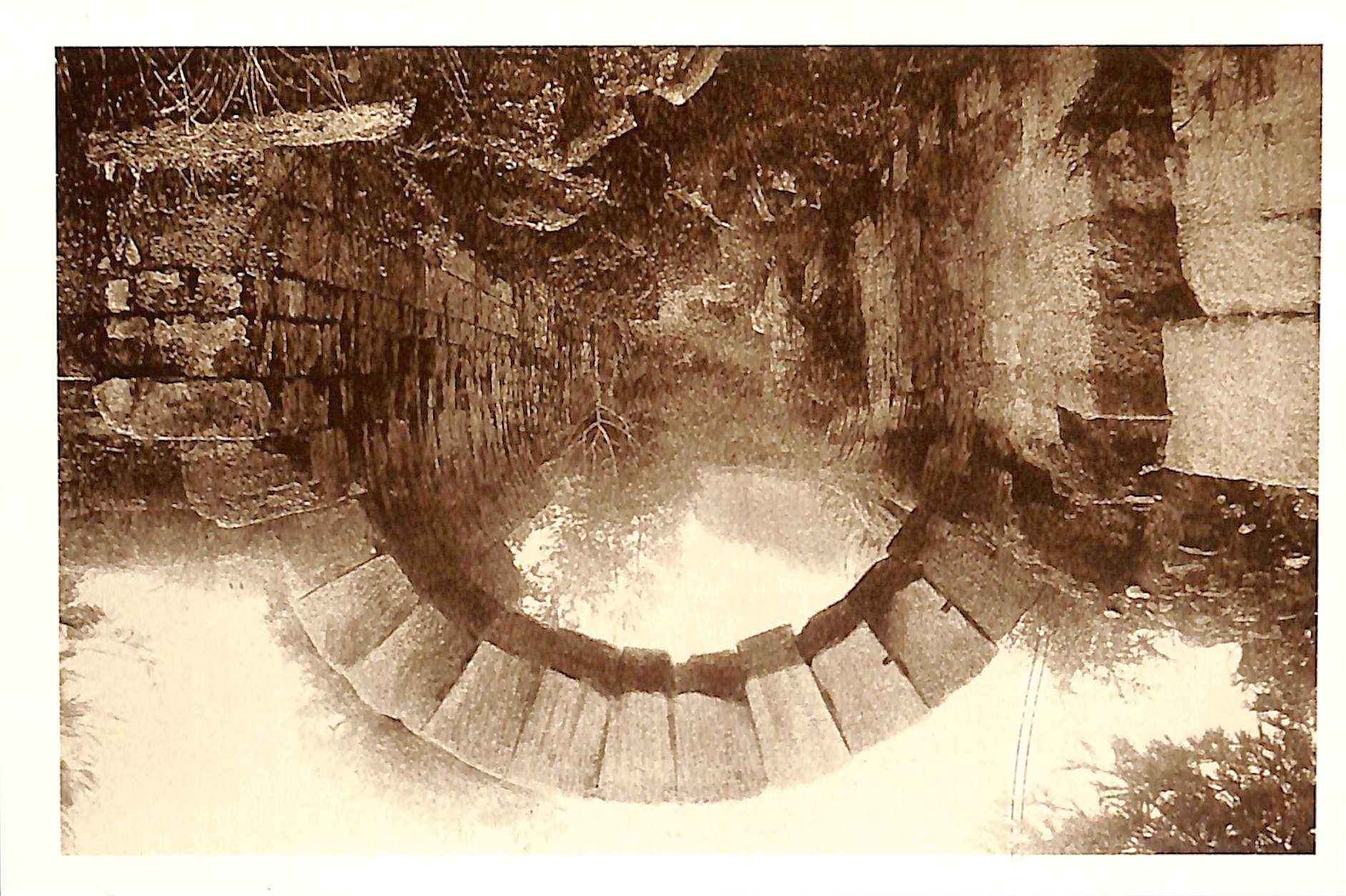
4/29/2025 10:10:20 AM
The Stadium of Ancient Olympia
The Stadium of Ancient Olympia, located in the region of Ileia, lies to the east of the Sanctuary of Zeus, just outside the sacred enclosure of the Altis. It was the site of many athletic events held during the Olympic Games in honor of Zeus, as well as the women’s games known as the Heraia, held in honor of the goddess Hera. Initially, the stadion race took place on a simple flat area with no proper embankments. The first formal stadium (Stadium I) was constructed in the mid-6th century BC. Later, Stadium II (late 6th century BC) and Stadium III (early 5th century BC) were built to accommodate the growing number of spectators and athletes and to provide better conditions for the events. It is estimated that the stadium could hold about 45,000 spectators. However, it never had stone seats; the spectators sat on the ground. A few stone seats were reserved for officials, and during Roman times, wooden benches were likely installed on the embankments (Stadium IV-V), along with maintenance work on the structure. The stadium is connected to the sanctuary by a sacred stone vaulted passage, 32 meters long, reserved for officials, athletes, and heroes. This vaulted tunnel, referred to by some as the Krypte, was built at the end of the 3rd century BC. The stadium was first explored during the early German excavations, which uncovered the precise boundaries of the track. The full excavation was completed during the later German excavations between 1952 and 1966. In 2004, the Stadium of Olympia regained its ancient glory after 1,611 years, as it hosted the men's and women's shot put competitions during the modern Olympic Games held in Athens. Pictured: The arched entrance of the Stadium of Ancient Olympia, 1898. ©Municipal Photography Museum of Kalamaria ‘Christos Kalemkeris’.

